I'll take a shot at this one as I'll be doing the exact same exercise for my work soon.
So the antenna impedance appears to be 60-j21 ohms:
And the impedance looking out into L3 is 31-j7 ohms:
(This would imply a source impedance of 31+j7 ohms).
So how can we get from 60-j21 to 31-j7 ohms? A two-element matching network can do it.
All that's necessary to make a match is two components. Here are a couple possibilities:
So the two two-component possibilities are high-pass (series L, parallel C) or low-pass (series C, parallel L). If the matching network is used as a filter for harmonic suppression, then the low-pass form is preferred.
On the other hand, the 24L01 outputs have a DC level at the power supply voltage. If you don't want DC on your antenna, a topology with a series capacitor for DC blocking may be desirable.
If the matching network is being used for filtering, it is desirable to be able to set the Q of this filter to get a steeper shape factor. Two topologies for this are the "PI match" and the "Tee match." Essentially they are two back to back two-element networks, matching to an intermediate impedance to set the desired Q.
(to be continued)
